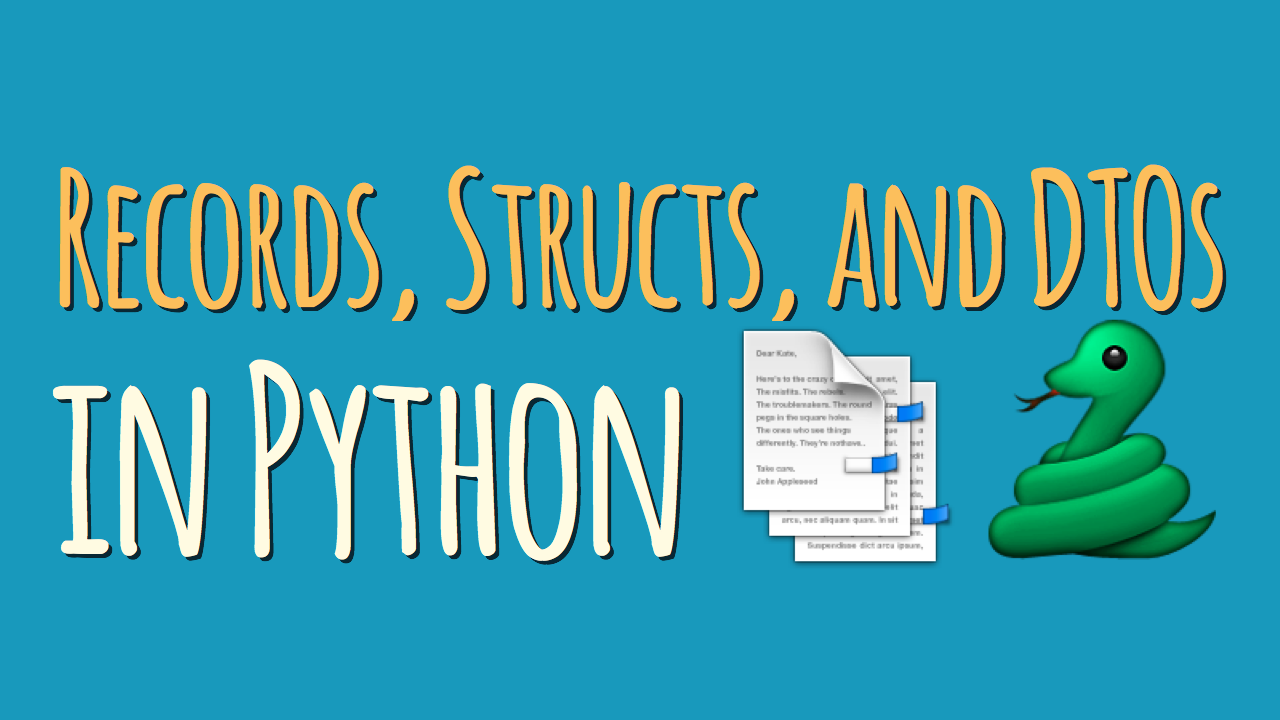Python 3 Class Slots
Class Reel(Enum): CHERRY = 1 LEMON = 2 ORANGE = 3 PLUM = 4 BELL = 5 BAR = 6 SEVEN = 7 and then use Reel.CHERRY, for example, in the future. This also helps avoid magic numbers. If you don't have Python 3.4 or later you'll have to make your own homegrown Enum class, or use something like. Classes can inherit properties and functions from other classes so you don't have to repeat yourself. Say, for example, we want our Car class to inherit some basics from a Vehicle class. And, while we're at it, also define a Motorcycle class. Schematically, it looks like this: Python class inheritance, ©python3.guide.
An inner class or nested class is a defined entirely within the body of another class. If an object is created using a class, the object inside the root class can be used. A class can have more than one inner classes, but in general inner classes are avoided.
Related Course:
Python Programming Bootcamp: Go from zero to hero

Inner class example
We create a class (Human) with one inner class (Head).
An instance is created that calls a method in the inner class:
Output:
In the program above we have the inner class Head() which has its own method. An inner class can have both methods and variables. In this example the constructor of the class Human (init) creates a new head object.
Multiple inner classes
You are by no means limited to the number of inner classes, for example this code will work too:
By using inner classes you can make your code even more object orientated. A single object can hold several sub objects. We can use them to add more structure to our programs.
If you are new to Python programming, I highly recommend this book.
This post describes the CPython implementation of the list object. CPython is the most used Python implementation.
Lists in Python are powerful and it is interesting to see how they are implemented internally.
Following is a simple Python script appending some integers to a list and printing them.

As you can see, lists are iterable.
List object C structure
Python 3 Class Constructor
A list object in CPython is represented by the following C structure. ob_item is a list of pointers to the list elements. allocated is the number of slots allocated in memory.
List initialization
Let’s look at what happens when we initialize an empty list. e.g. l = [].
It is important to notice the difference between allocated slots and the size of the list. The size of a list is the same as len(l). The number of allocated slots is what has been allocated in memory. Often, you will see that allocated can be greater than size. This is to avoid needing calling realloc each time a new elements is appended to the list. We will see more about that later.
Append
We append an integer to the list: l.append(1). What happens? The internal C function app1() is called:
Let’s look at list_resize(). It over-allocates memory to avoid calling list_resize too many time. The growth pattern of the list is: 0, 4, 8, 16, 25, 35, 46, 58, 72, 88, …
4 slots are now allocated to contain elements and the first one is the integer 1. You can see on the following diagram that l[0] points to the integer object that we just appended. The dashed squares represent the slots allocated but not used yet.
Append operation amortized complexity is O(1).
We continue by adding one more element: l.append(2). list_resize is called with n+1 = 2 but because the allocated size is 4, there is no need to allocate more memory. Same thing happens when we add 2 more integers: l.append(3), l.append(4). The following diagram shows what we have so far.
Insert
Let’s insert a new integer (5) at position 1: l.insert(1,5) and look at what happens internally. ins1() is called:
The dashed squares represent the slots allocated but not used yet. Here, 8 slots are allocated but the size or length of the list is only 5.
Insert operation complexity is O(n).
Pop
When you pop the last element: l.pop(), listpop() is called. list_resize is called inside listpop() and if the new size is less than half of the allocated size then the list is shrunk.
Python 3 Class Slots Free Play
Pop operation complexity is O(1).

You can observe that slot 4 still points to the integer but the important thing is the size of the list which is now 4.
Let’s pop one more element. In list_resize(), size – 1 = 4 – 1 = 3 is less than half of the allocated slots so the list is shrunk to 6 slots and the new size of the list is now 3.
You can observe that slot 3 and 4 still point to some integers but the important thing is the size of the list which is now 3.
Remove
Python list object has a method to remove a specific element: l.remove(5). listremove() is called.
To slice the list and remove the element, list_ass_slice() is called and it is interesting to see how it works. Here, low offset is 1 and high offset is 2 as we are removing the element 5 at position 1.
Remove operation complexity is O(n).
Best Online Python Class
That’s it for now. I hope you enjoyed the article. Please write a comment if you have any feedback. If you need help with a project written in Python or with building a new web service, I am available as a freelancer: LinkedIn profile. Follow me on Twitter @laurentluce.